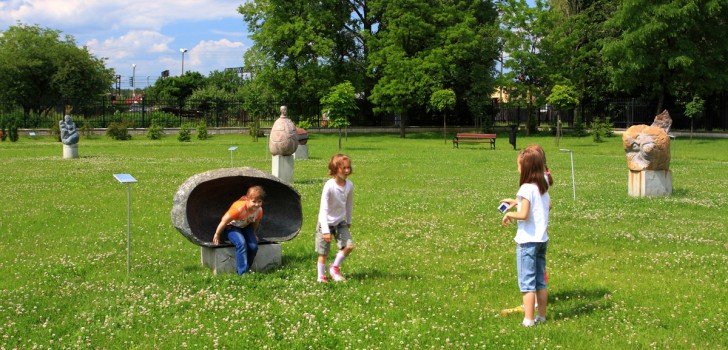Carbon nanotubes have begun showing up in the lungs of 64 asthmatic children in Paris, raising questions about the safety of this often praised material. Carbon nanotubes (CNT) have a range of applications from computing to healthcare, but the Paris discovery could lead to new guidelines regulating their usage.
The Paris children were studied by Fathj Moussa and others from the University of Paris-Saclay, who discovered that of the 64 children who had inhaled CNT, five also had them present in their immune cells (macrophages). Although the team’s research was not aimed at finding a link between the children’s asthma and CNT, those with asthma might be vulnerable due to an already inhibited ability of their macrophages to remove debris from the lungs.
The size of CNT has led some scientists to compare the particles to those of asbestos. Ken Donaldson of the University of Edinburgh stated that the two share a number of features, leading to the possibility that some people could develop maladies similar to mesothelioma, which is caused by asbestos.
Further studies by Donaldson demonstrated that injection of CNT into the abdomens of mice lead to the development of granulomas, lesions that can lead to further disease. Research showed what the Paris scientists recently confirmed, that inhalation and embedding of CNT is possible.
James Bonner of the University of North Carolina stressed that a cautious attitude is merited, “In my opinion, there is a great deal of uncertainty as to what these structures really are, especially the material in the lung cells from patients.” Even if the CNT are not harmful themselves, they may be able to adhere to other pollutants and thereby transport them into the lungs.
According to research published by Bonner in 2009, mice exposed to airborne CNT later demonstrated the CNT in their lung tissue. Bonner stated that, “Very little inflammatory or fibrogenic effect was observed.”
Bonner warns that additional research still has to be done to determine how people are exposed to CNT in their natural environment.
Stay Connected